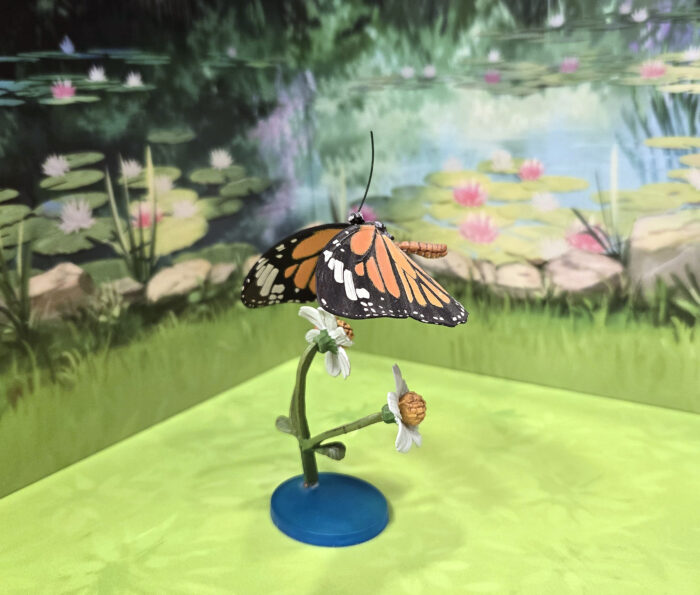This figure recently came up for my daily ‘Museum’ post on the Animal Toy Forum. Because of the dynamic nature of the sculpt I had to take multiple pics before I decided on the one I liked the most for that post. As such, I thought I would put those images to use and highlight the figure on the Blog!
Classification: Arthropods
Cute Spider (Tarlin)
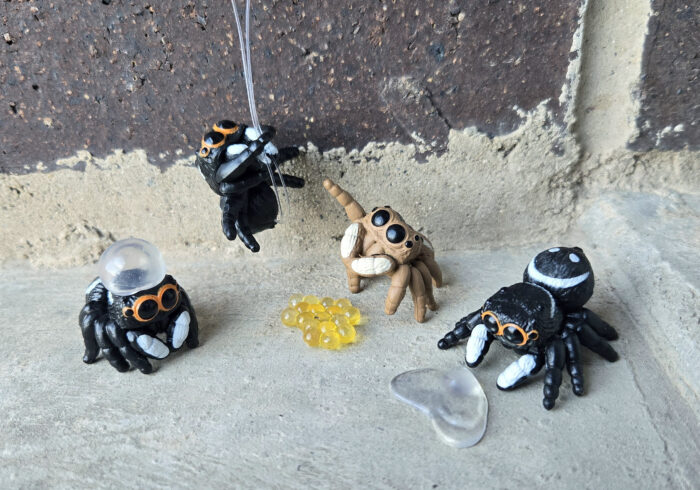
Last year I reviewed a fun novelty set called Cute Silkworm by Tarlin. The set included four stylized figures of silkworm moths representing the ecdysis process. In 2025 they reissued that set with a slightly different color for the moths (light beige rather than pure white). Later in 2025 they produced another ‘Cute’ set, and the focus of today’s review, Cute Spider!
Spiny Lobster (Sea World by AAA)
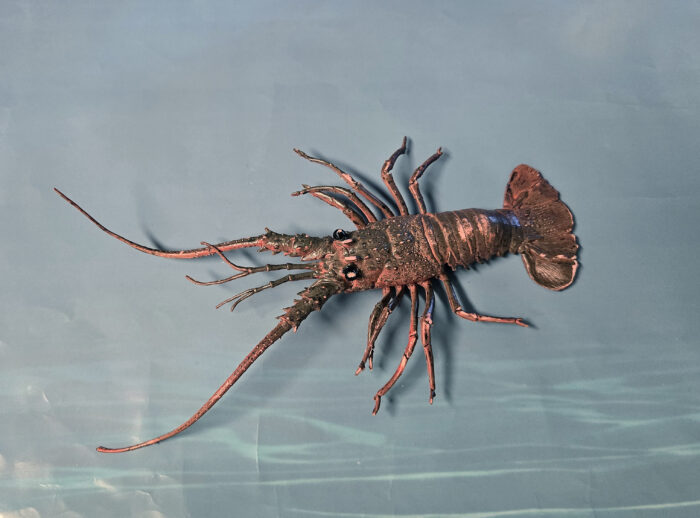
Spiny lobsters (family Palinuridae) are not ‘true lobsters’ (family Nephropidae), but along with the true lobsters and the Polychelida form what appears to be a monophyletic clade. The extinct Eryon is also in this clade. In my last blog review I showcased a pair of AAA Maine lobsters and briefly discussed AAA’s casting of actual specimens to produce some of their figures.
Maine Lobster, large and small (Sea World by AAA)
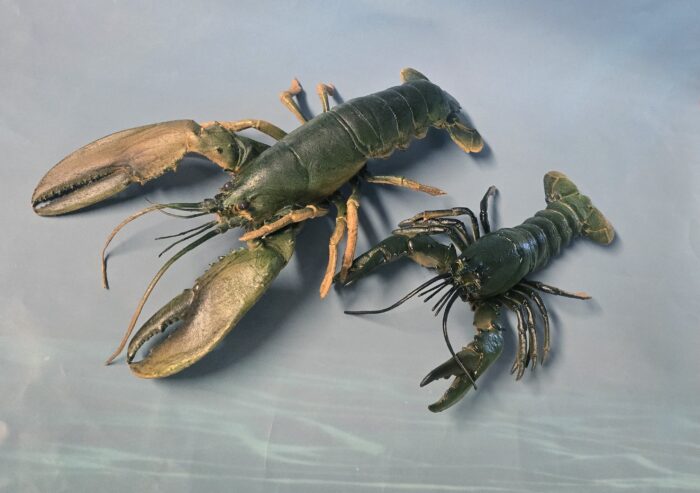
AAA is well-known for casting figures from actual specimens. They have done it with snakes, turtles, lizards, frogs, mollusks, insects, and, the topic of today, crustaceans. Most of these were probably cast from specimens readily available through biological supply companies or possibly wet markets in Asia and other parts of the world.
Insects & Spiders Tube (Mojö Fun)
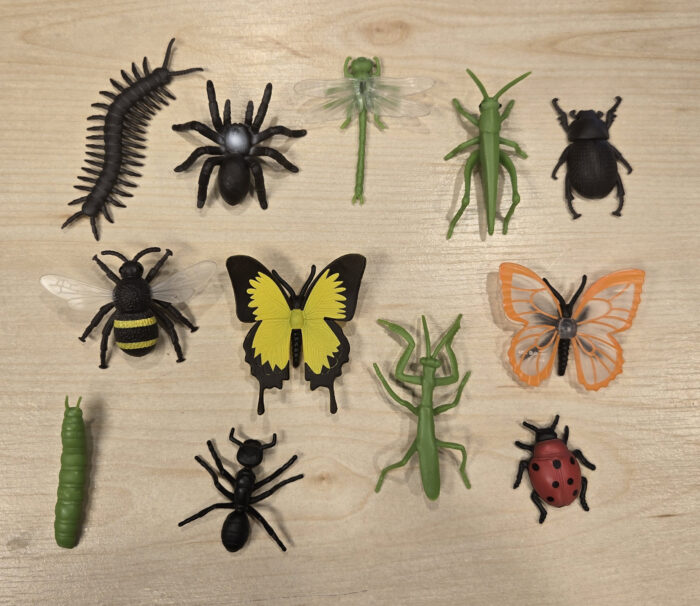
After recently reviewing Safari Ltd.’s Insects TOOB and having previously reviewed CollectA’s Mini Insects and Spiders tube, I decided to follow them up with an overview of Mojö Fun’s 2024 Insects & Spiders Tube. I didn’t have high hopes for this set. Promo pics gave the impression of typical bin/dollar store-style cheap insects.
Insects TOOB (Safari Ltd.)
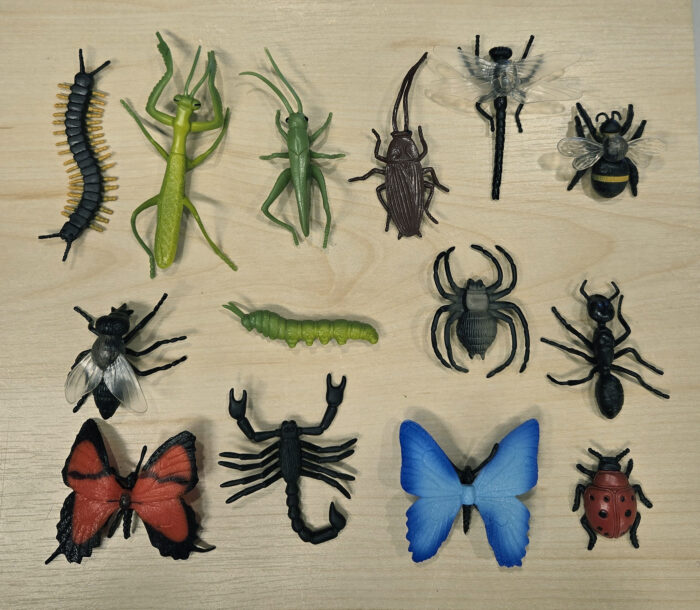
I have recently reacquired the Safari Ltd. Insects TOOB and thought I would showcase it for the Blog. There have been at least three (maybe more) iterations of this TOOB over the years, with I believe the first version coming out in 2004. At some point (I don’t know what year) Safari also released a glow-in-the-dark version of the TOOB.
Mini Insects Vol. 1 (Diversity of Life on Earth by Bandai)
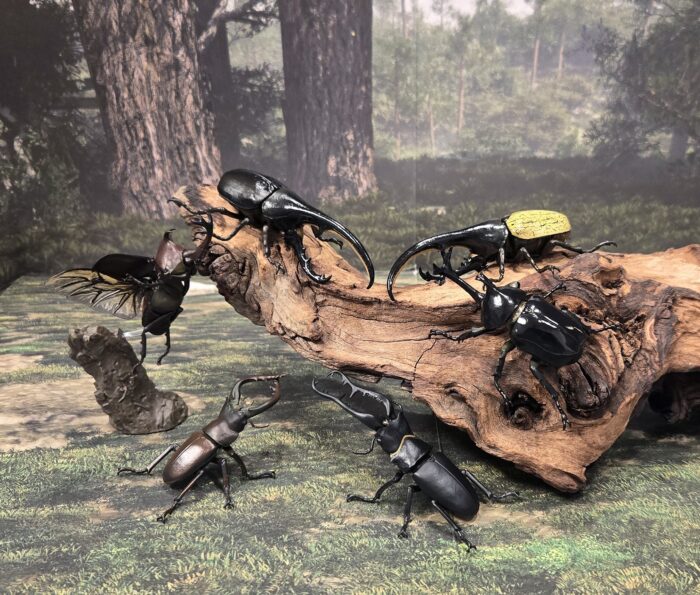
In 2022, Bandai started a series of miniatures in their Diversity of Life of Earth line. The first set is the one we will be looking at today, Mini Insects Volume 1. It would be followed by Volumes 2 (which has already been reviewed by Fembrogon) and 3 (which I plan to tackle later), both released in 2023.
Monarch Butterfly, caterpillar (Hidden Kingdom Smithsonian Insects by Safari Ltd.)
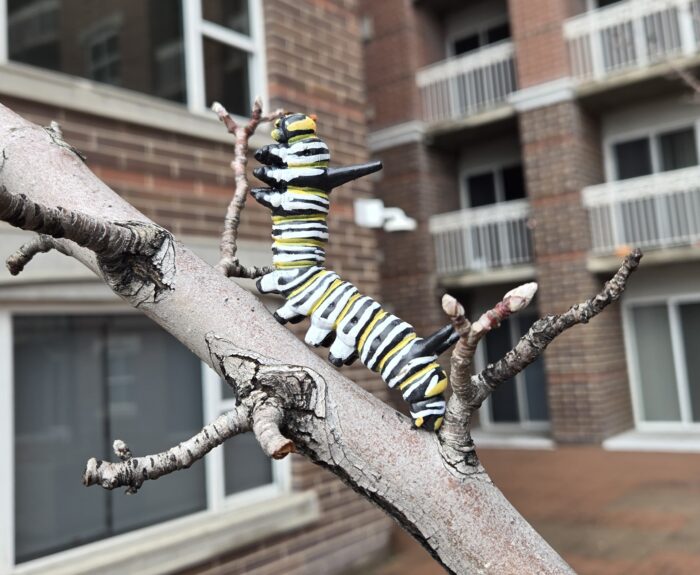
In following the trends of Safari Ltd.’s Tennessee Aquarium Salamander, Monterey Bay Aquarium, and Marsh Education Fish collections, I am going to attempt to finish, or assist in finishing, Safari’s Hidden Kingdom Smithsonian Insects collection (the lubber grasshopper, black widow, and flea have already been reviewed). If I remember correctly, the figures were originally produced by Safari in the late 1990s alongside a traveling museum exhibit sponsored by the Smithsonian Institution that featured large animatronic insects.
Hermit Crab (Marine Animal Models by TNG)
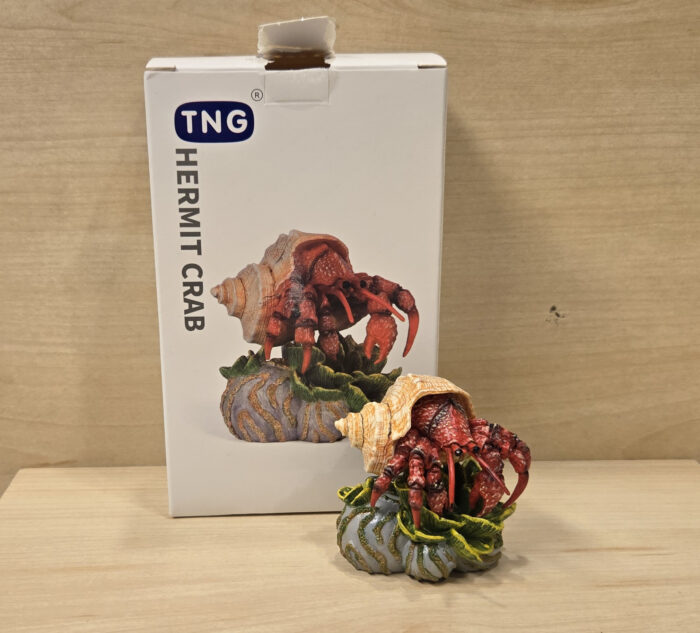
Despite having the common name ‘crab’, hermit crabs are not ‘true’ crabs, meaning they are not a part of the clade Brachyura. They belong to its sister group, Anomura, which also contains porcelain crabs, squat lobsters, mole crabs, and king crabs. Broadly speaking, hermit crabs encompass the superfamily Paguroidea which includes the king crabs.
Death’s-head Hawkmoth (Squishable)
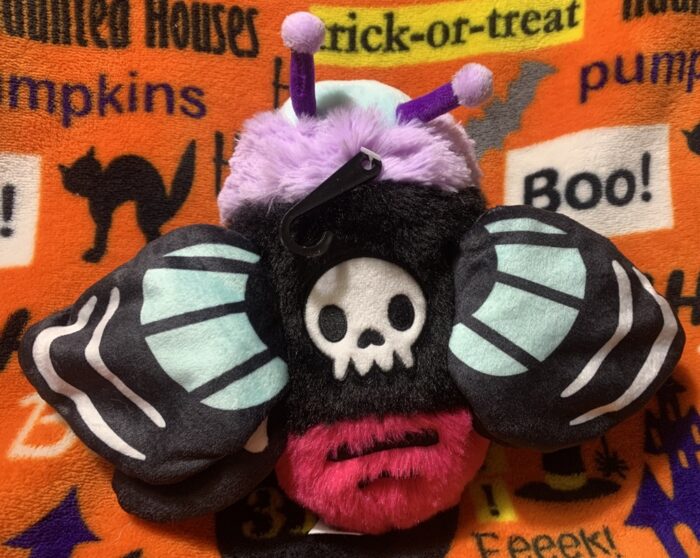
I thought I was done with reviews for spooky season this year but with only a few days left until Halloween I was determined to make sure this cutie was featured on the blog before season’s end. This is the death’s-head hawkmoth (genus Acherontia) by Squishable. Death’s-head hawkmoths seem to be all the rage this year.
Tarantula Wolf Spider (Wild Animals by Papo)
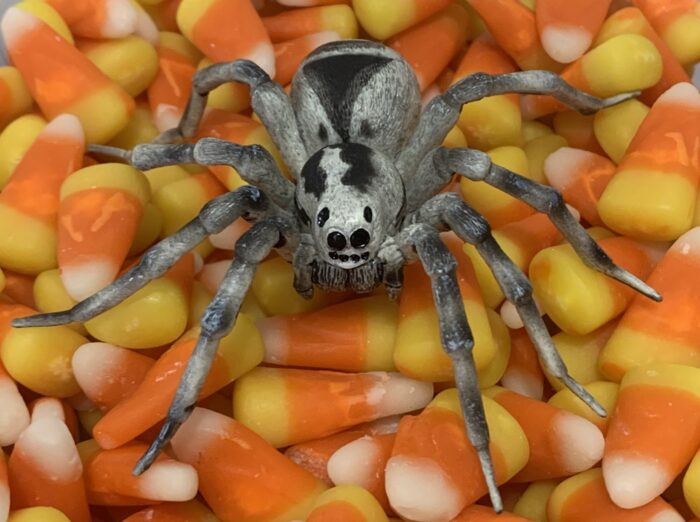
No spooky season would be complete without a member of Araneae, the spiders, quite possibly the animal most symbolic of Halloween. What haunted attraction isn’t covered in fake spider webbing? And what child doesn’t bring home at least one plastic spider ring after a night of trick or treating? Today we’re looking at the 2016 Papo “tarantula”, a figure that our own Blaine Mathison stated, “might be the best spider figure ever produced”.
Tobacco Hornworm (Accoutrements)
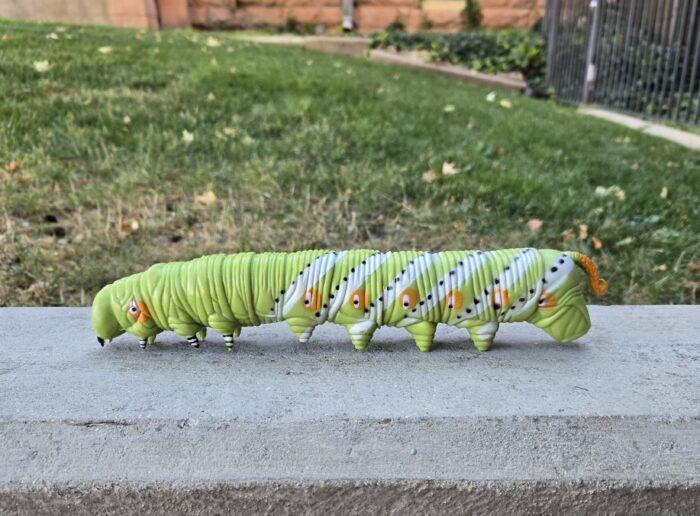
Mosura ya MosuraMosura ya MosuraMosura ya Mosura
Hard to believe my first two Halloween-inspired posts this year would be sphingid moths, not a group of animals typically associated with being scary, spooky, or dangerous. But after having very recently acquired this big bad beast, I had to channel my inner Shobijin and summon it for the Blog!

